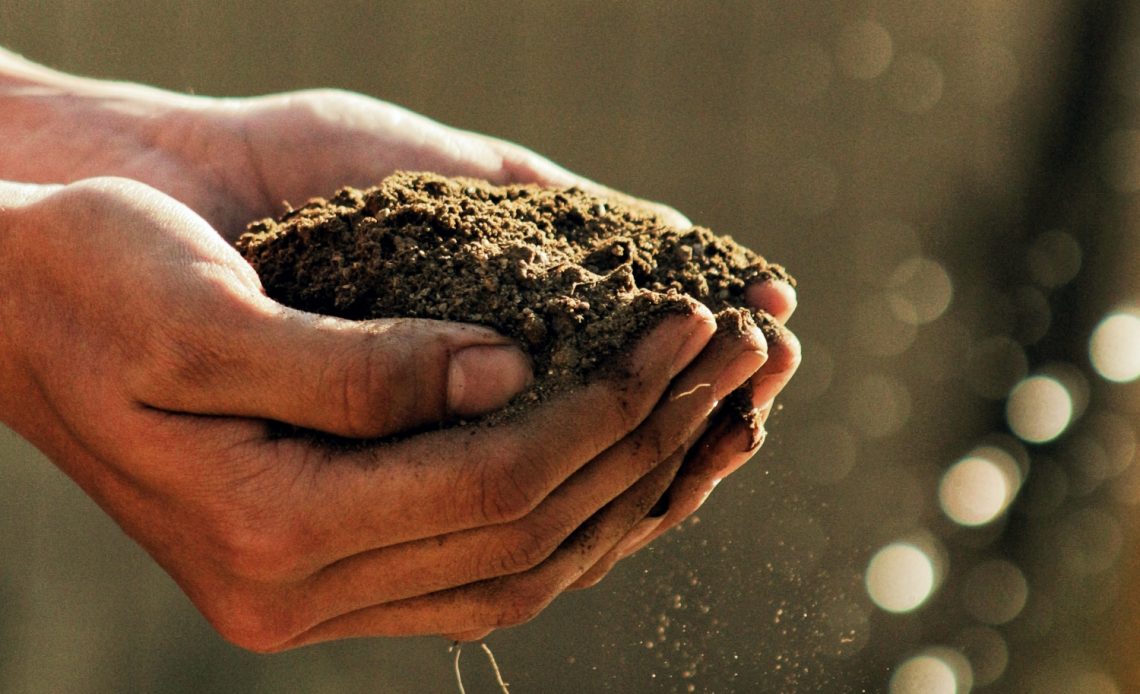

We’re here to help! Wild Yards is a completely free website that is 100% dedicated to helping you create a wildlife-friendly, sustainable yard. Read more
WildYards is reader-supported. When you buy a product through a link on our site, we may earn a comission. Every product is independently selected by our (obsessive) editors and our reviews are unbiased and objective. Read more about our mission or our privacy policy.
Of all of the nutrients that plants need to survive, nitrogen is the most important.
This critical element is one of the primary ingredients of chlorophyll, which enables plants to turn sunlight, water, nutrients, and carbon dioxide into food for themselves.
Nitrogen supports the production of lush, vibrant foliage. So it comes as no surprise that high-nitrogen fertilizers are often recommended for lawn maintenance, as well as for feeding trees and non-flowering shrubs.
But too much nitrogen can be bad for plants. And some plants just don’t like as much nitrogen as others.
Today, we’ll be taking a look at some of the best low-nitrogen fertilizers, both organic and non-organic, and when you should use them in your garden.
Low-nitrogen fertilizers, like kelp meal and bone meal, are ideal for soils that already contain high doses of this element. They’re also suitable for plants that simply dislike high levels of nitrogen.
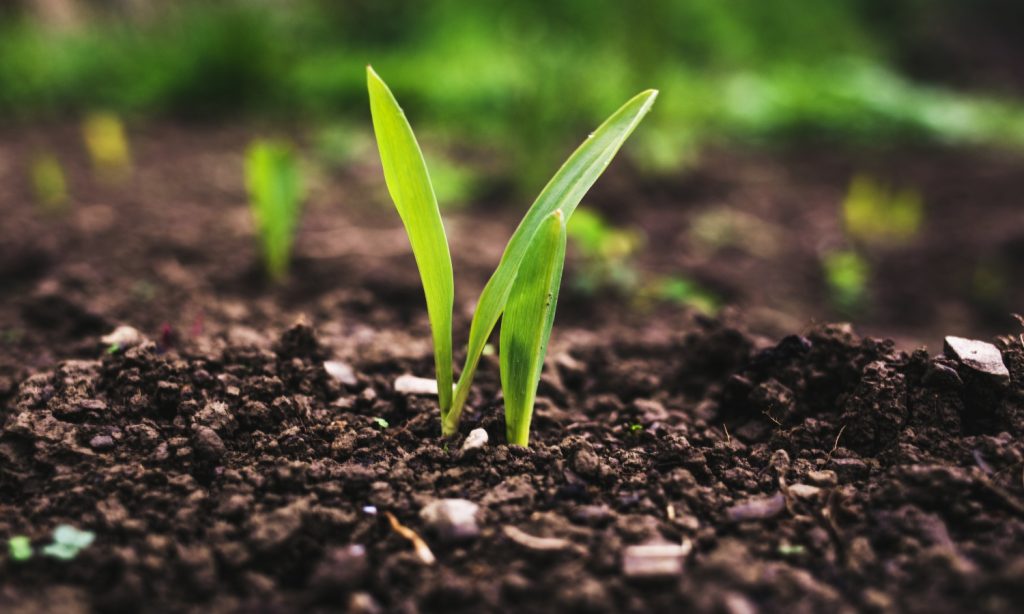
What does nitrogen do for plants?
The main reason why nitrogen is so valuable for plants is that it is a key component of chlorophyll. Plants rely on chlorophyll to turn the sunlight, water, nutrients, and carbon dioxide they absorb into energy.
But nitrogen plays a part in a number of other metabolic processes, too.
For instance, nitrogen enables plants to produce enzymes needed to obtain water and nutrients from the soil.
It also helps plants produce amino acids, which can be turned into proteins. Plants then use these proteins to create strong cells and tissues.
Nitrogen is also essential in the production of nucleic acids. Without adequate nitrogen, plants are unable to replicate their DNA and RNA.
Being able to replicate their genetic coding allows plants to continue to grow steadily and healthily.
Why do some plants need more nitrogen than others?
Certain plants, like grasses, trees, and non-flowering shrubs, produce lots of foliage.
Since nitrogen plays a key role in the production of foliage, these plants tend to use up nitrogen at a faster rate than other plants.
Plants that are growing in landscaping, versus plants growing wild in the woods, for instance, also tend to have higher nitrogen requirements.
That’s because as these “domesticated” trees shed their leaves, we humans tend to rake them up to keep our lawns looking tidy.
Without this leaf litter, plants lose access to some key nutrients, namely nitrogen. This necessitates the use of nitrogen-rich fertilizers, like blood meal.
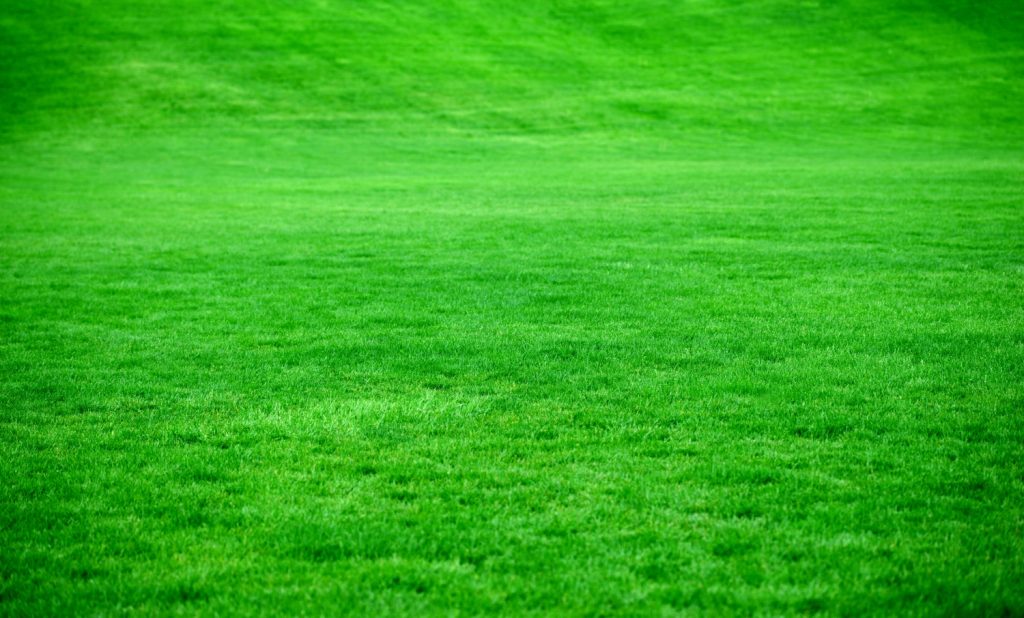
Why do some plants dislike nitrogen?
Although nitrogen plays a critical role in plant health, some plants dislike high doses of nitrogen.
The presence of nitrogen stimulates foliage production, which can hinder flower and fruit production.
To be sure, nitrogen plays no small part in a plant’s reproductive cycle.
But as plants begin to bud out and bloom, their nitrogen demands decline and their phosphorus and potassium needs skyrocket.
Once plants switch gears from the vegetative growth stage to the flowering stage, high-nitrogen fertilizers are generally no longer recommended.
High-nitrogen fertilizers are also a poor choice for feeding plants as you approach the end of the growing season.
As plants begin preparing for their dormant period, their nutrient demands decrease. Many plants dislike nitrogen during this time, as they cannot absorb it properly, leaving high doses in the soil where it can burn their roots.
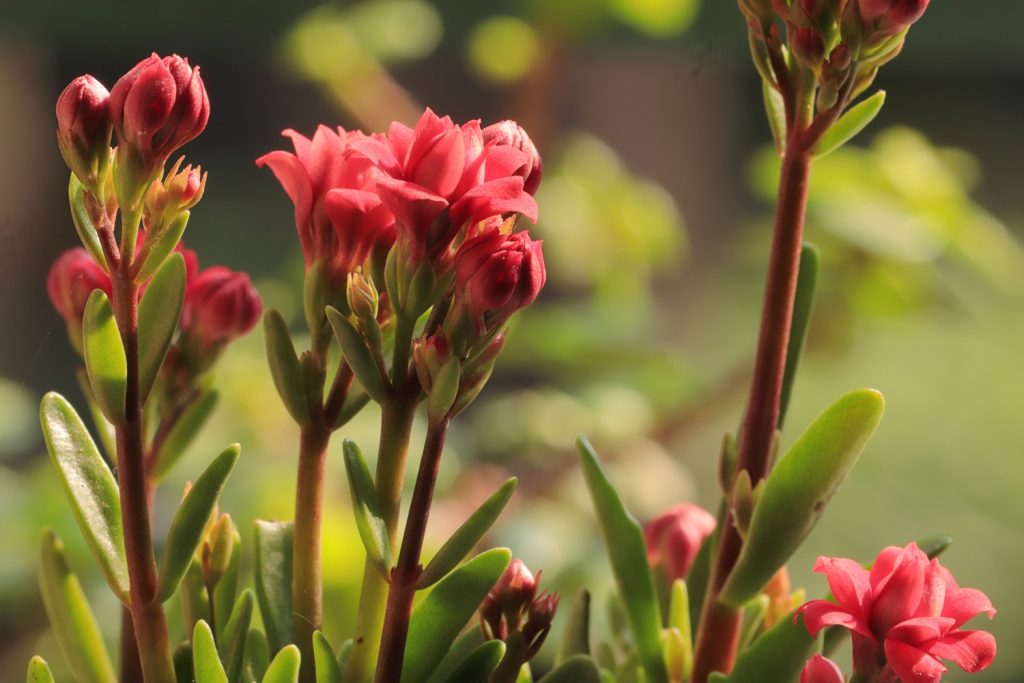
What are the symptoms of nitrogen toxicity in plants?
If you tested your soil and found that it has high levels of nitrogen, you may be wondering if your plants are suffering from nitrogen toxicity.
If you think your plants have been exposed to high levels of nitrogen, there are a few symptoms that you’ll need to keep an eye out for.
The first sign of excess nitrogen is yellowing foliage. The tips of the leaves turn brown and curl under, giving them a clawed tip. Older foliage is usually the first to be affected.
Other signs of nitrogen excess include thickened leaves with a cupped shape and an abnormal shade of green. Plants may also turn brown, black, or yellow at the tips, with the discoloration spreading inward toward the veins.
How can you tell if your plants need less nitrogen and more phosphorus and potassium?
If your plants need less nitrogen, then not only will they display signs of nitrogen toxicity, but they may display symptoms of phosphorus deficiency and potassium deficiency symptoms as well.
Plants that require more high-phosphorus fertilizers and high-potassium fertilizers may fail to flower and/or produce fruit.
Young and/or newly transplanted plants that are low on phosphorus and potassium fail to thrive, as they are unable to produce strong roots and absorb enough nutrients to support new tissues.
You may notice your plants turning blue-green to reddish-purple and developing a stunted appearance.
If your plants look unhealthy, it’s important to test your soil promptly so you can identify underlying nutritional imbalances and address them as soon as possible.
What are low-nitrogen fertilizers used for?
One way to help your plants cope with nitrogen excess is to raise available soil levels of phosphorus and potassium.
Low-nitrogen fertilizers are often used to rebalance NPK ratios in nitrogen-dominant soils.
These types of fertilizers are also ideal for plants that need more phosphorus and/or potassium than they do nitrogen.
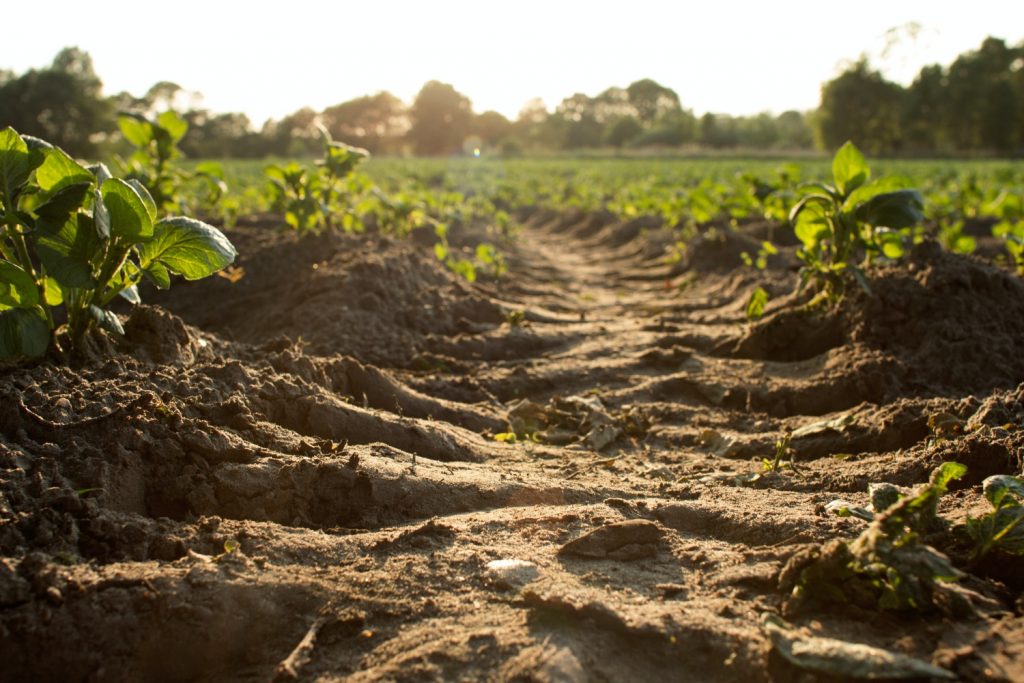
When should you use a low-nitrogen fertilizer?
If your soil is loaded with nitrogen, then you should apply a low-nitrogen fertilizer at the soonest opportunity to ensure your plants get all of the nutrients they need, and in the proper proportions.
Low-nitrogen fertilizers are also a good choice for plants that are currently flowering and/or producing fruits.
Since nitrogen-rich fertilizers are used to help newly transplanted seedlings get established, low-nitrogen fertilizers can be used to feed older, more established plants.
Lastly, if you live near a body of water, using a low-nitrogen fertilizer can prevent nitrogen from contaminating ponds, rivers, and streams.
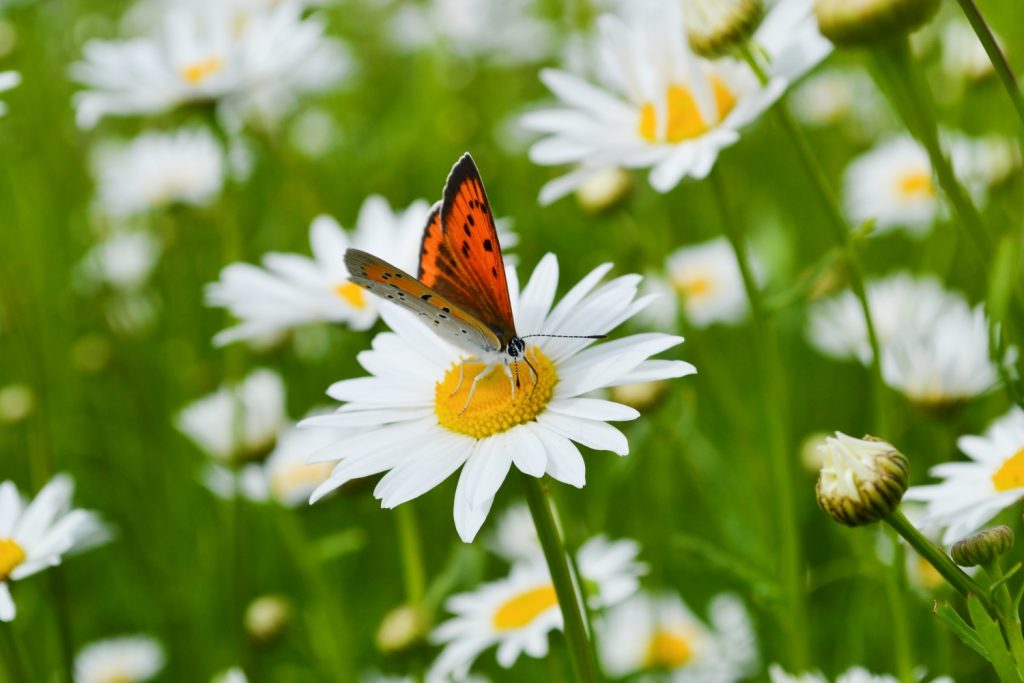
Which plants benefit from low-nitrogen fertilizers?
To recap, the plants that tend to benefit from low-nitrogen fertilizers the most are flowering and fruiting plants that are actively flowering and fruiting.
That said, some plants simply prefer low-nitrogen fertilizers and enjoy relatively higher doses of phosphorus and potassium instead.
Here are a few common garden and landscape plants that prefer low-nitrogen fertilizers.
Fruits and vegetables that dislike excess nitrogen
- Beets
- Carrots
- Figs
- Garlic
- Lentils
- Onions
- Peanuts
- Peppers
- Potatoes
- Radishes
- Shallots
- Sweet potatoes
- Turnips
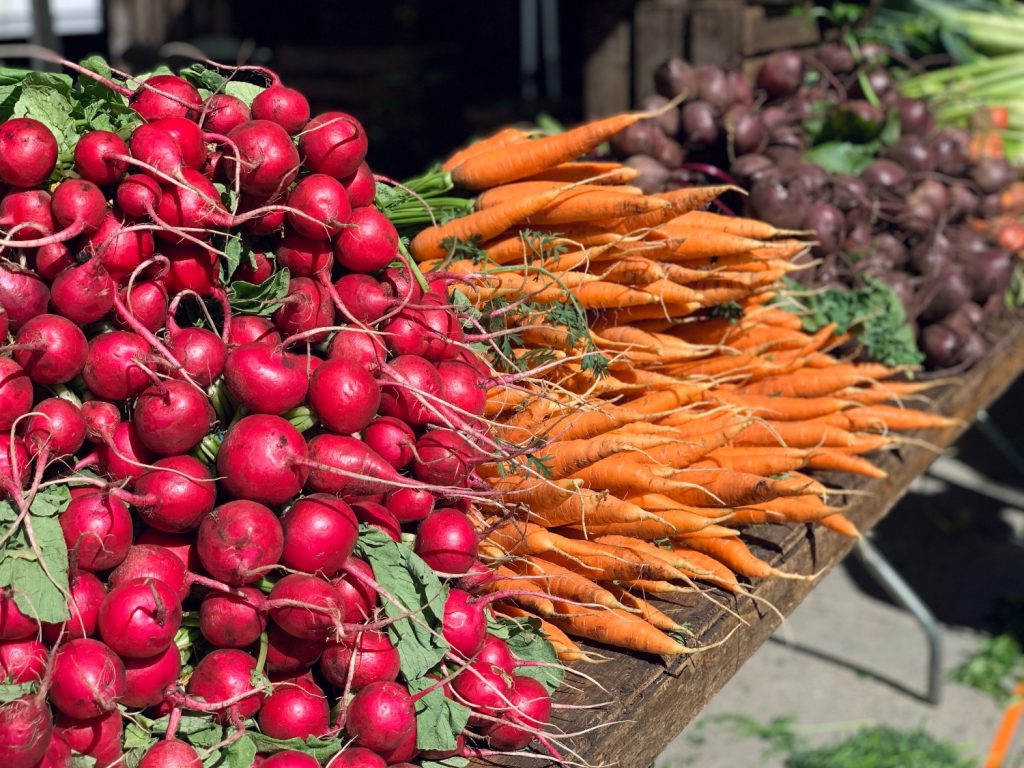
Flowers and shrubs that dislike excess nitrogen
- Agave
- Air plants
- Boxwood
- Cacti
- Carnivorous plants
- Holly
- Orchids
- Spirea
- Succulents
- Viburnum
- Yucca
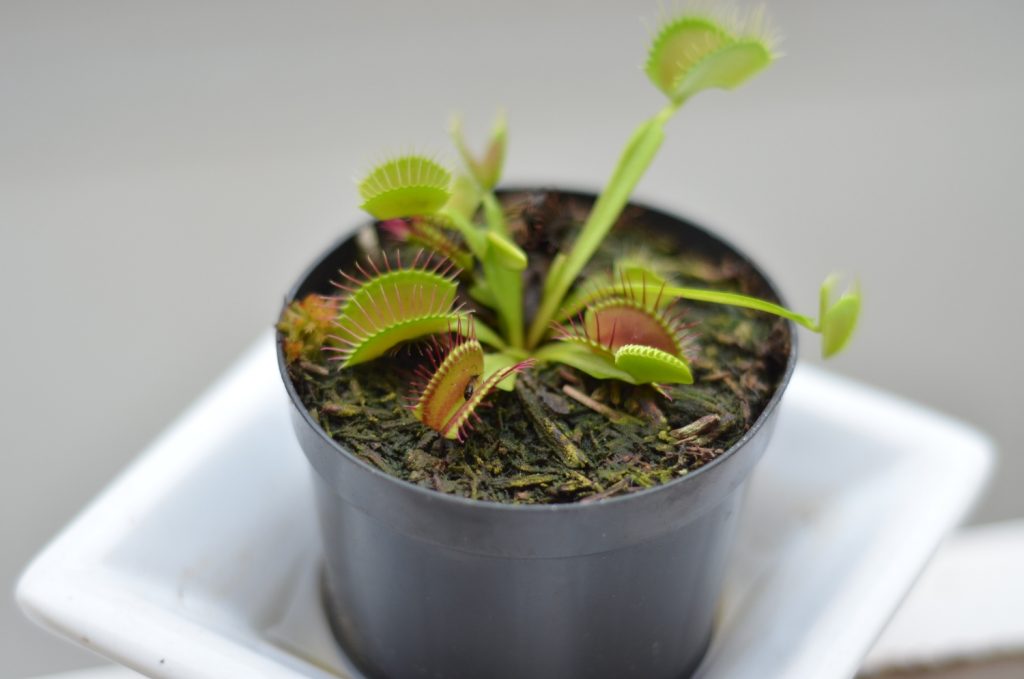
Trees that dislike excess nitrogen
- Beech
- Fir
- Ginkgo
- Hemlock
- Japanese maple
- Redbud
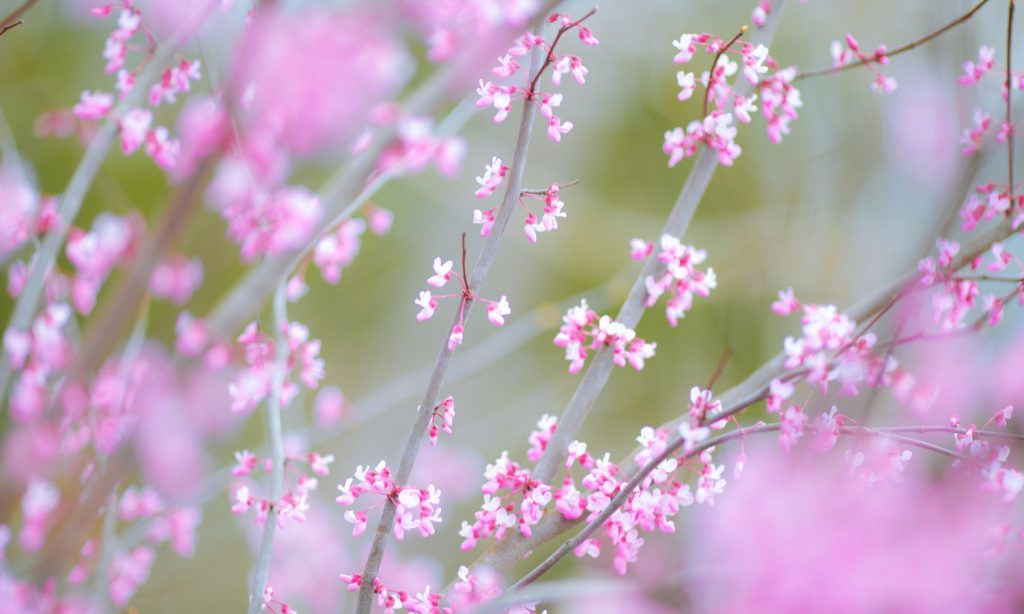
How to read a fertilizer label
Now that you know which plants prefer low-nitrogen fertilizers, that begs the question: how can you tell if a fertilizer has a low nitrogen content?
Most fertilizers, especially chemical-based ones, list three numbers on the label. These three numbers represent the three elements that plants need most — nitrogen (N), phosphorus (P), and potassium (K).
To determine how much nitrogen a given fertilizer contains, you’ll need to check the first number. But you’ll also need to consider how the first number relates to the other two numbers. We’ll give you an example.
A 30-0-10 fertilizer contains 30% nitrogen, 0% phosphorus, and 10% potassium.
This is a high-nitrogen fertilizer that contains no phosphorus, but a relatively low dose of potassium. Because it contains high nitrogen, low potassium, and no phosphorus, 30-0-10 is an ideal choice for lawns and non-flowering shrubs.
Of course, if you’re looking for a low-nitrogen fertilizer then 30-0-10 is a very bad choice. Let’s take a look at some better alternatives to use instead.
12 Low-nitrogen organic fertilizers for your garden
| Fertilizer type | Nitrogen content | Phosphorus content | Potassium content |
| Kelp meal | 1% | 0% | 4% |
| Cow manure | 1-2% | 1-2% | 1-1.5% |
| Bone meal | 3-4% | 12-15% | 0% |
| Leaf compost | 1% | 0.5-1% | 0.5-1% |
| Sawdust and wood chips | 0-0.5% | 0-0.5% | 0-0.5% |
| Wood ash | 0% | 1% | 4-8% |
| Seaweed meal | 1.5% | 0.75% | 5% |
| Epsom salts | 0% | 0% | 0% |
| Granite dust | 0% | 0% | 2-4% |
| Potash | 0% | 0% | 20% |
| Rock phosphate | 0% | 17-30% | 0% |
| Greensand | 0% | 0% | 2-4% |
Kelp meal
Low on nitrogen and heavy on potassium, kelp meal is also a rich source of highly beneficial trace minerals that your plants will love, including selenium, iron, zinc, and copper.
Kelp meal is an ideal fertilizer for plants that prefer to grow in fertile soils but are already getting plenty of nitrogen.
One of the biggest benefits that kelp meal has to offer is that it adds structure to the soil.
Kelp meal has a coarse texture that prevents soil compaction, improves aeration and drainage, and helps the soil retain the ideal level of moisture.
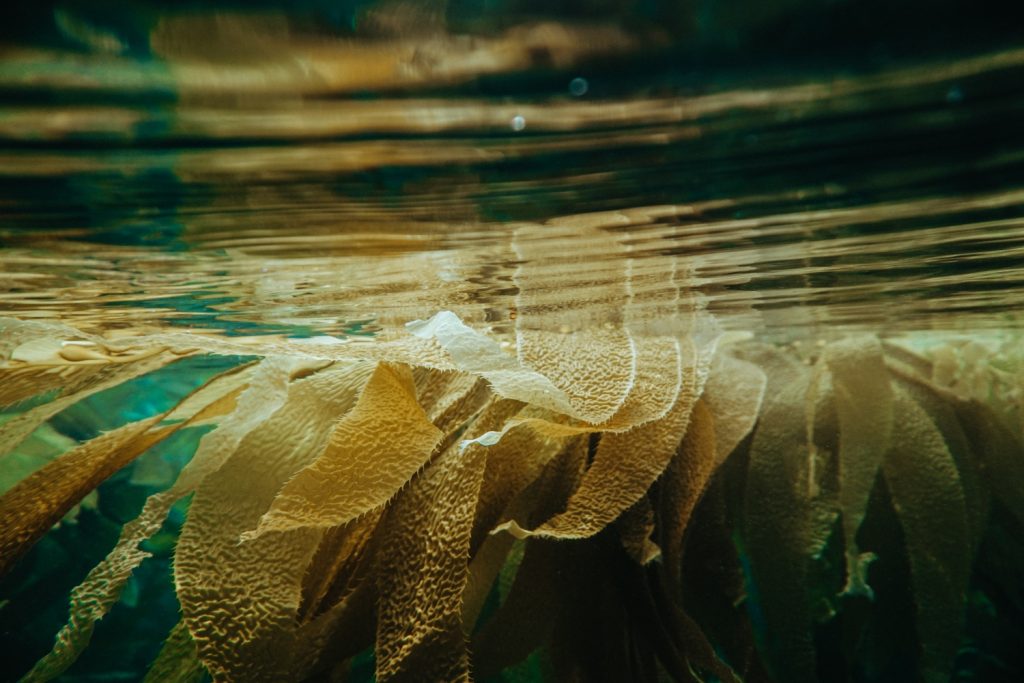
Cow manure
Although manures tend to have a higher percentage of nitrogen, cow manure contains naturally low levels of this element, making it a suitable soil amendment for nitrogen-rich soils.
Cow manure contains balanced doses of phosphorus and potassium, so it can be used as a general-purpose fertilizer for a variety of plants, including fruits, vegetables, and landscape trees and shrubs.
This organic low-nitrogen fertilizer gives your plants the three nutrients it needs most, but in small doses, so they don’t develop nutritional imbalances.
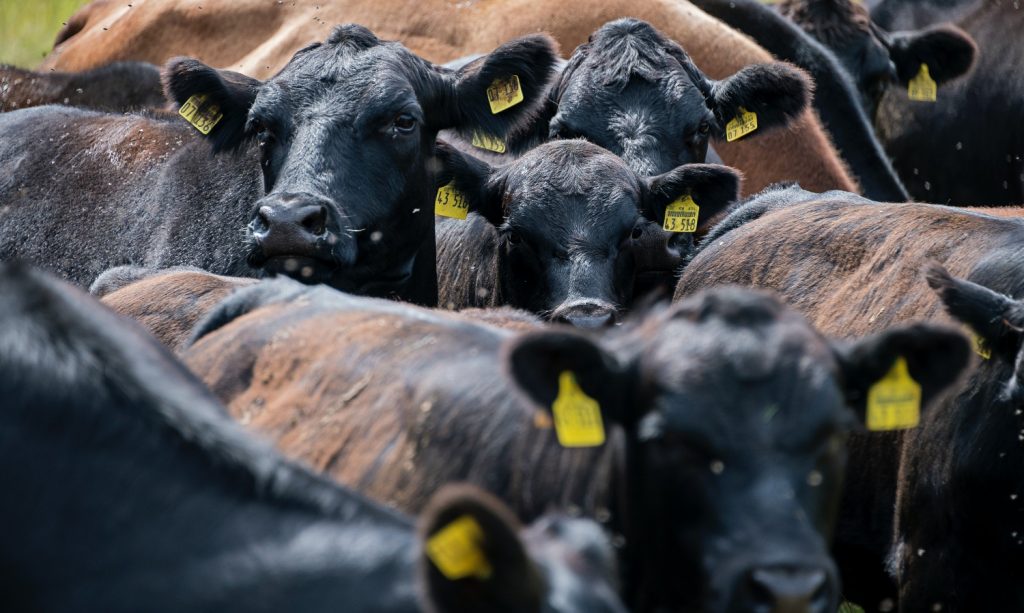
Bone meal
If your soil is rich in nitrogen, this can lead to symptoms of low phosphorus in plants.
Fortunately, bone meal is an excellent source of potassium, and can help you counteract the symptoms of a deficiency.
Bone meal is easy to use. You can add it to the soil before planting, or simply sprinkle it around the plants you wish to fertilize.
This fertilizer breaks down slowly over a period of weeks to months, keeping the plants in your garden fed longer.
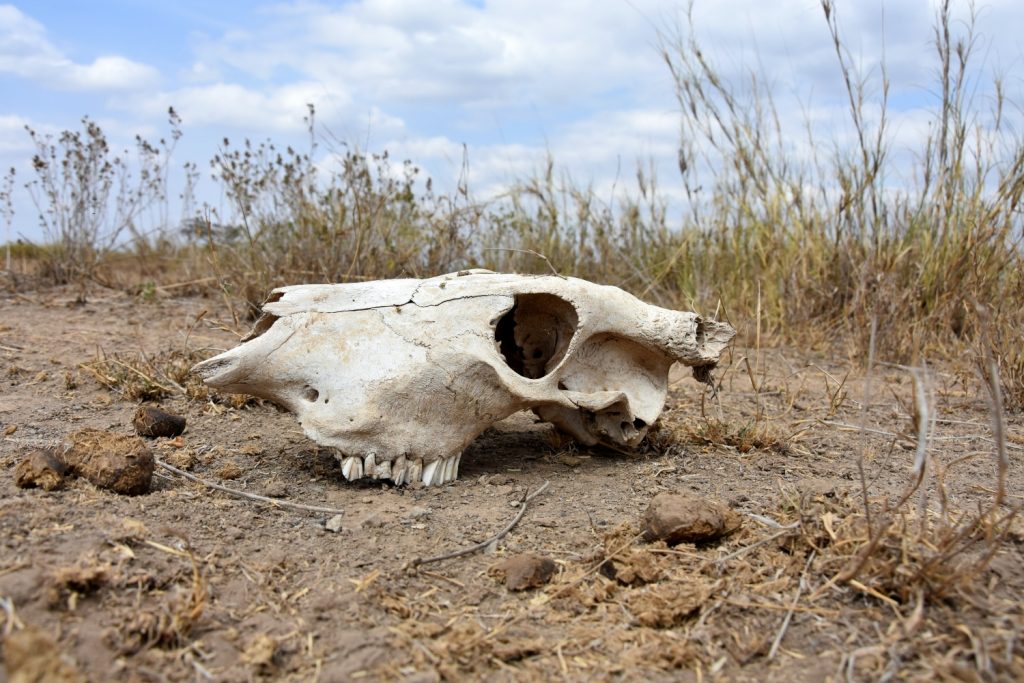
Leaf compost
Green leaves are loaded with nitrogen. But aged leaves that have been turned into compost contain much smaller doses.
Leaf compost contains almost an even split of nitrogen, phosphorus, and potassium. While leaf compost is not particularly nutritious, it’s incredibly helpful for adding structure to the soil.
Leaf compost breaks down slowly, preventing soil from becoming compacted. It also helps improve drainage, so your plants don’t end up sitting in boggy soils, which can quickly lead to root rot.
It’s also worth mentioning that leaf compost feeds the beneficial organisms in the soil, which, in turn, supports plant resiliency.
Use leaf compost in combination with other low-nitrogen fertilizers to feed the plants in your garden.
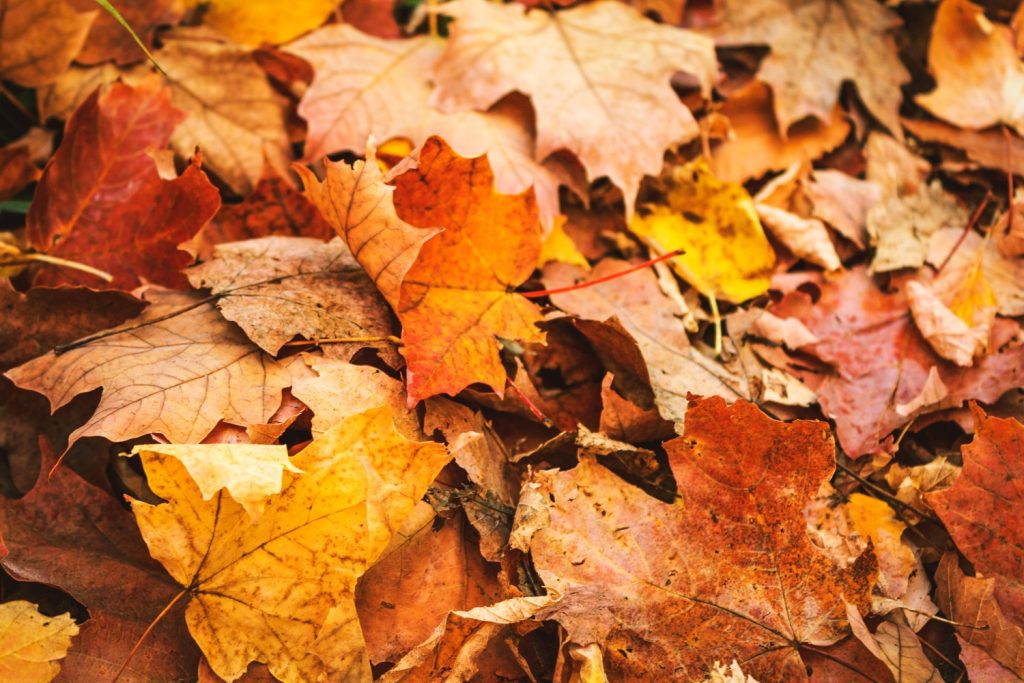
Sawdust and wood chips
Like leaf compost, sawdust and wood chips aren’t especially nutrient dense. While these substances contain small amounts of nitrogen, they don’t possess much phosphorus or potassium, either.
But, sawdust and wood chips are another good option if you’re looking for a soil aggregate.
These two organic materials help loose soils stick together better, yet they also help break compacted soils apart.
In either case, sawdust and wood chips help create a porous substrate that’s easy for plants to root into.
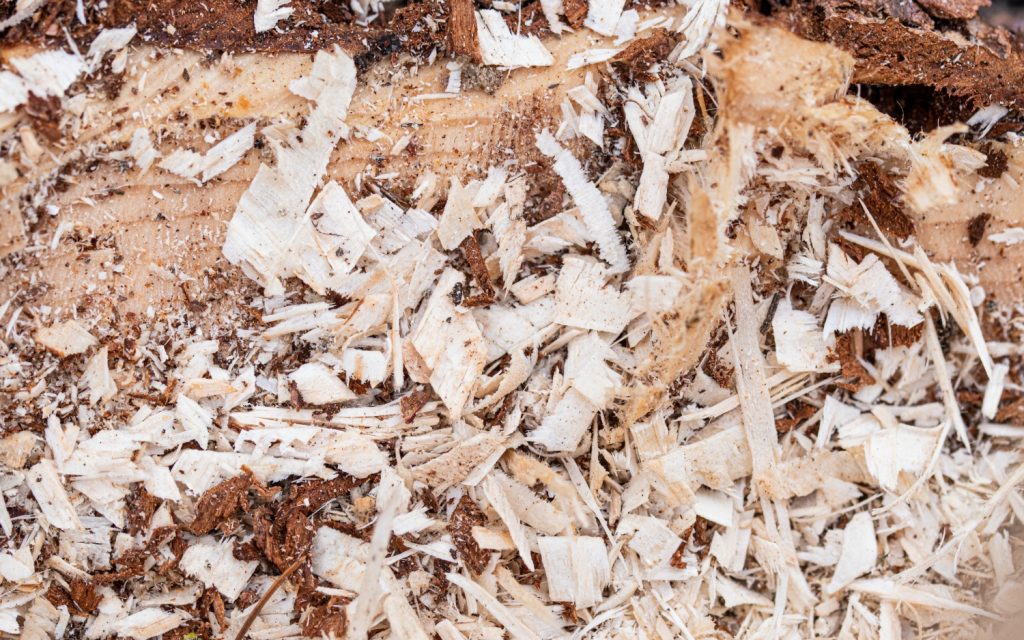
Wood ash
If your plants are already getting enough nitrogen, but are in desperate need of some potassium, make wood ash your go-to organic fertilizer.
When you’re done experimenting with the different burning rates of aspen firewood and silver maple firewood, use the leftover ashes to feed the plants in your garden.
Wood ash breaks down at a moderate rate, helping to balance out excessive nitrogen in the soil.
Because potassium is essential for plants to survive stressful situations, wood ash is particularly useful if you live in an area that experiences extreme temperatures and/or dry spells.
Mix wood ash with bone meal to create your own low-nitrogen, high-phosphorus, and high-potassium fertilizer.
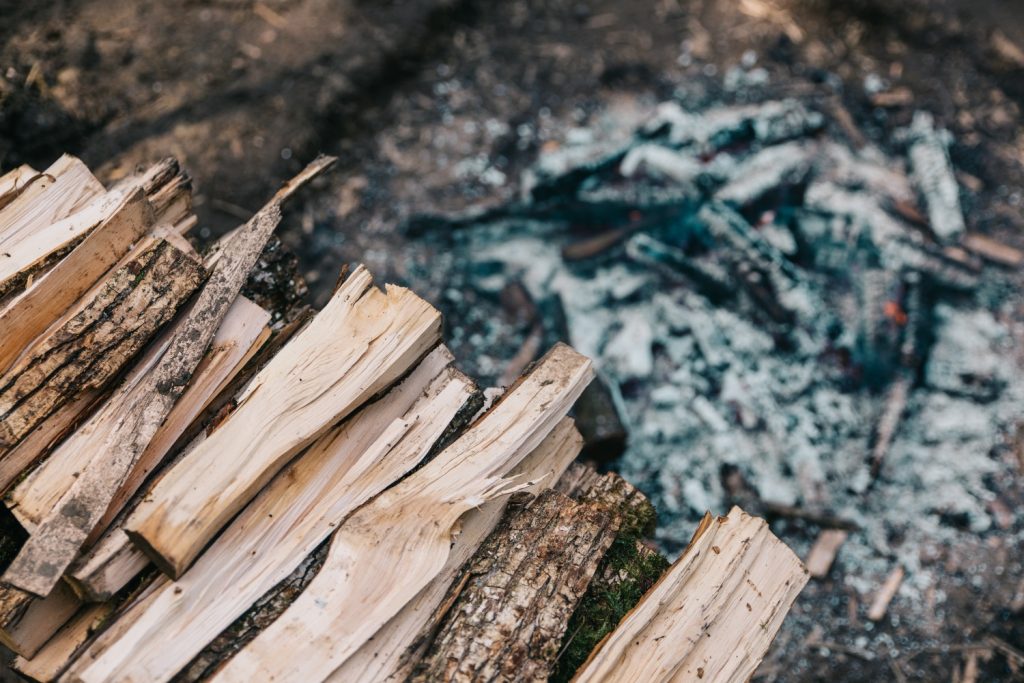
Seaweed meal
Although kelp is a type of seaweed, kelp meal should not be confused with seaweed meal in terms of fertilizers.
Seaweed meal contains low doses of phosphorus, slightly higher, but still low levels of nitrogen, and a modest amount of potassium.
Seaweed meal is also a rich source of beneficial trace minerals, like manganese, cobalt, boron, and iron.
Using seaweed meal as a low-nitrogen fertilizer enriches the soil, making it more porous and easier for plants to root into.
It also feeds the good microbes in the soil, which can also help keep your plants healthy.
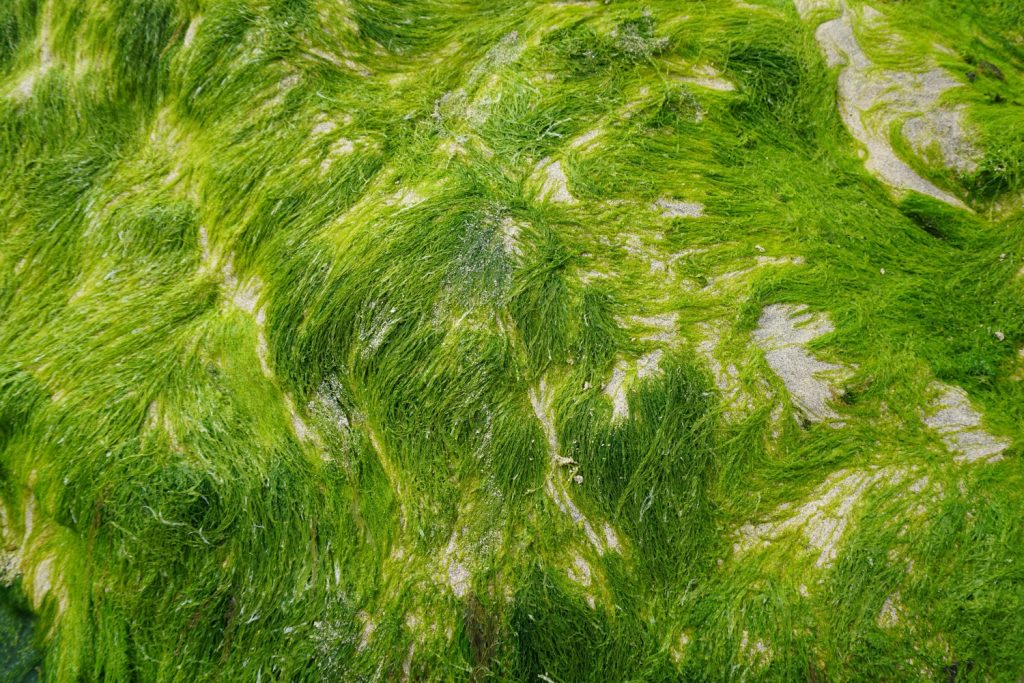
Epsom salts
Epsom salts, also known as magnesium sulfate, do not contain any nitrogen, phosphorus, or potassium, But they are a good source of other nutrients that your plants will benefit from.
Most notably, Epsom salts are a great source of magnesium, which plants rely on for energy production, enzyme activation, and nutrient transport.
Epsom salts are also rich in sulfur, which plants need to absorb nitrogen and ward off infections. Sulfur also aids in vitamin and protein formation, so plants can produce healthy new tissues.
If your native soil is sandy, there’s a good chance that it is also magnesium deficient. Epsom salts can help your plants meet their magnesium requirements, without adding more nitrogen to the soil.
Just be careful not to use Epsom salts in excess. Adding more magnesium and sulfur to the soil than is necessary can lead to deficiencies in other valuable vitamins and minerals.
Granite dust
Made from crushed granite rock, granite dust does not contain any nitrogen — or phosphorus, for that matter. But it does have lots of potassium to help your plants survive extreme temperatures.
If a soil test has revealed that your native soil is low in potassium, but has plenty of nitrogen and phosphorus to keep your plants happy, then granite dust is the perfect choice for you.
Mix granite dust into your soil before planting, or use a weed fork to work it in around potted plants.
It’s worth noting that granite is also a good source of silicon, potassium, calcium, zinc, magnesium, and manganese.
When mixed with other low-nitrogen trace-mineral-rich fertilizers, like kelp meal, granite dust can really pack a nutritional punch for the plants in your garden.
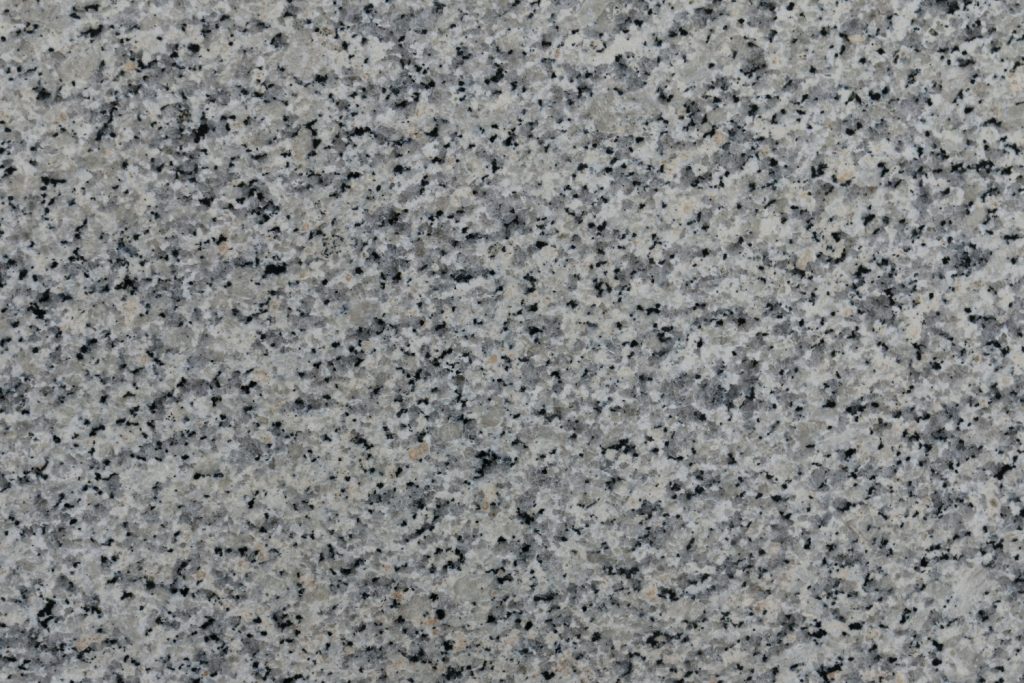
Potash
Another good choice for nitrogen-rich soils that are lacking potassium, potash is used to refer to a variety of sources of potassium, including potassium chloride and potassium carbonate.
These types of potassium are derived from rocks, which are often situated too deep in the soil for plants to reach and, therefore, benefit from.
Potash helps balance out excessive levels of nitrogen. This fertilizer supports growth and development by providing plants with the nutrients they need to support cell division and photosynthesis.
Potash also enables plants to absorb water and nutrients from the soil, and transport them to various parts of the plant.
Many gardeners rely on potash to improve fruit quality and shelf life. For best results, apply potash at the start of the flowering season and throughout the fruiting season to ensure your plants give you the best harvest possible.
Rock phosphate
For soils that are rich in nitrogen, yet low in phosphorus and potassium, consider combining rock phosphate and potash to balance things out.
Rock phosphate is completely devoid of nitrogen. It also contains very little potassium. But what it lacks in these two minerals, it more than makes up for in terms of phosphorus content.
Rock phosphate is an ideal low-nitrogen fertilizer for flowering and fruiting plants.
Containing 17-30% of phosphorus by volume, rock phosphate gives plants a nutritional boost to help them produce delicious-tasting fruits and viable seeds.
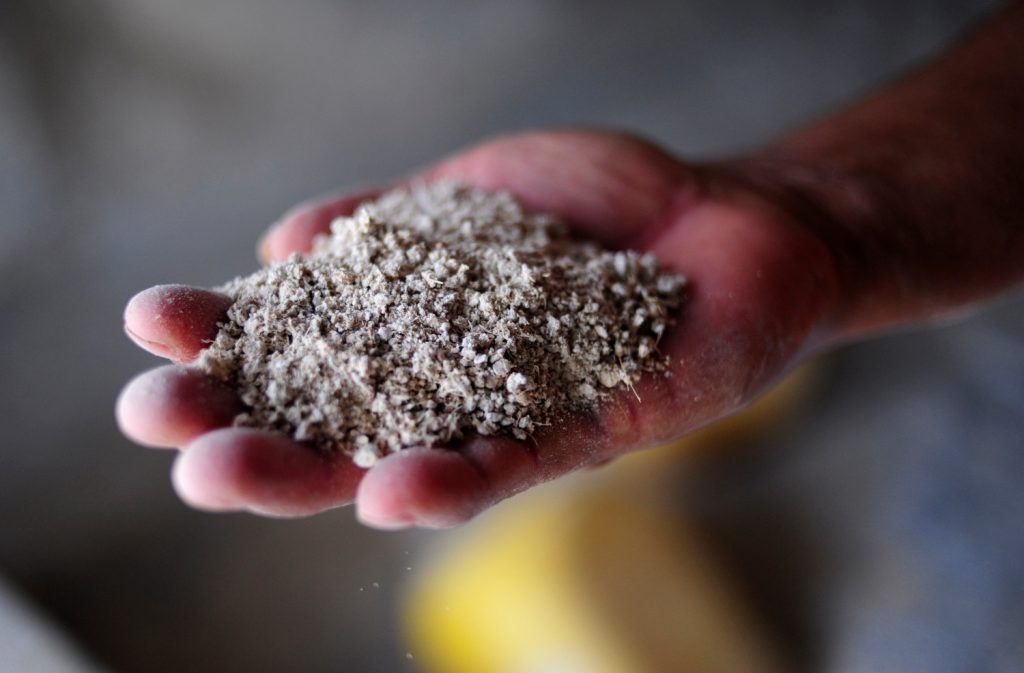
Greensand
Derived from the marine sediment glauconite, greensand contains no nitrogen or phosphorus to speak of. But it is a great source of potassium for the plants in your garden.
Like other ocean-sourced organic fertilizers, greensand is rich in trace minerals. Your plants will benefit from the potassium, iron, magnesium, and manganese that greensand contains.
All of these trace minerals support your plant’s various metabolic processes. From respiration to photosynthesis, greensand helps keep your plants healthy by allowing them to perform their most basic needs.
Greensand is a slow-release fertilizer that conditions the soil over time. It’s ideal for improving drainage and aeration, as its coarse texture breaks things up so your plants can breathe and take root easily.
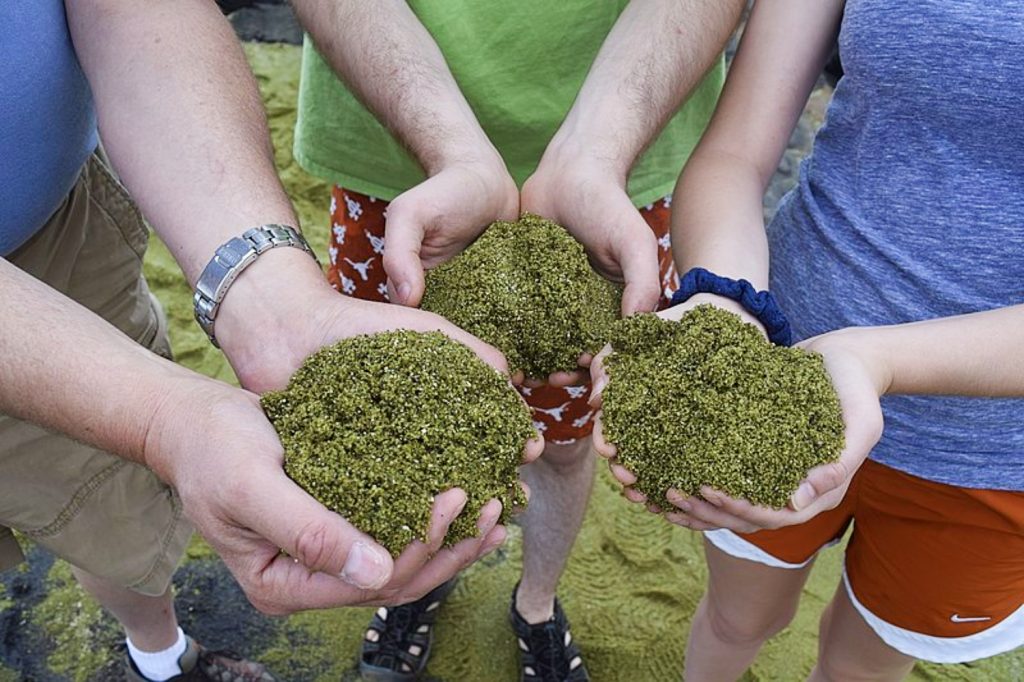
What are the best synthetic low-nitrogen fertilizers?
If your plants are in the midst of nitrogen overload, then a synthetic fertilizer can help you correct the imbalance quickly.
Look for blends like 0-10-10 and 0-20-20, which provide plants with moderately high doses of phosphorus and potassium.
If you’ve tested your soil and found that it is low in either phosphorus or potassium, then choose the appropriate fertilizer to correct the discrepancy.
Use a fertilizer with a 0-1-2 ratio for nitrogen-rich soils that have a moderate amount of phosphorus and low potassium content. And use a fertilizer with a 0-2-1 ratio for nitrogen-rich soils that have low phosphorus content and a moderate amount of potassium.
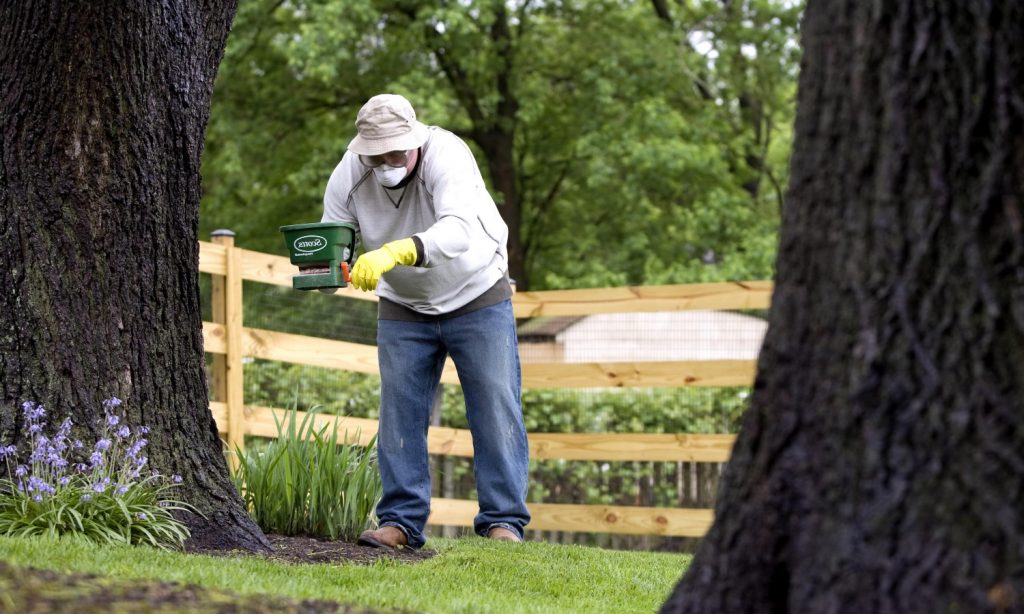
Why are organic low-nitrogen fertilizers better than synthetic fertilizers?
Synthetic fertilizers feed your plants specifically, and they work especially well if your plants are showing signs of nutritional deficiencies.
These types of fertilizers provide your plants with an abundance of highly-absorbably nutrients so they can overcome their symptoms quickly.
But what synthetic fertilizers don’t do is support soil health.
Organic fertilizers, by contrast, work by feeding the beneficial bugs and bacteria in your soil.
These organisms break down the organic materials found within these types of fertilizers, turning the nutrients into bioavailable forms that are easier for plants to absorb.
Cultivating the beneficial organisms within the soil creates a symbiotic situation for your plants. Good soil health enables plants to ward off diseases and pests, keeping them healthy and happy.
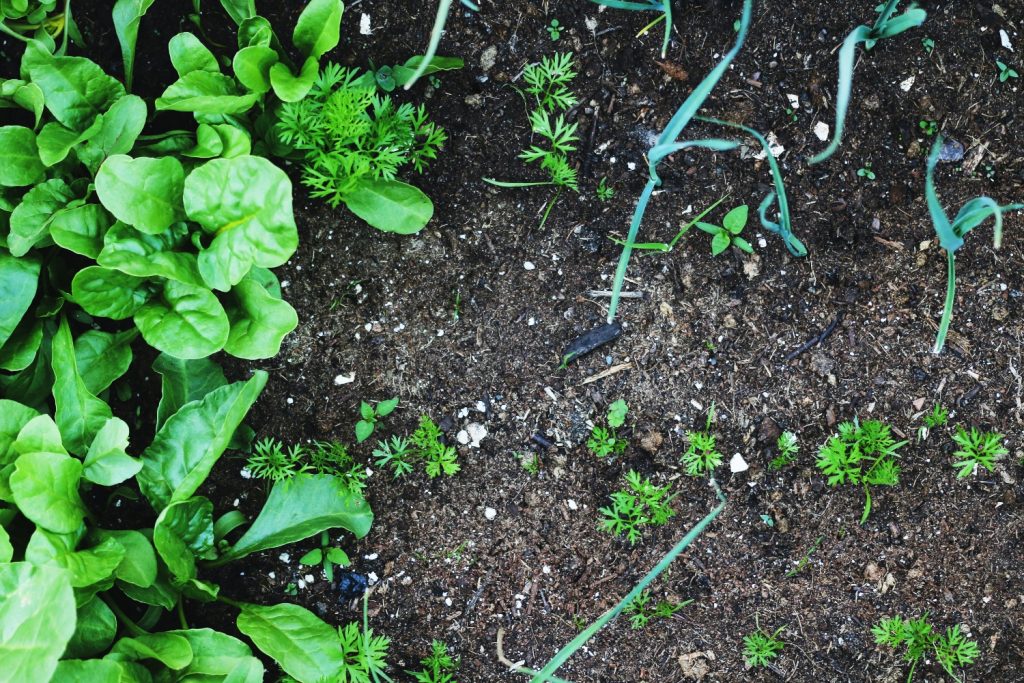
Tips for using low-nitrogen fertilizers properly
In our zeal to provide our plants with the best care possible, we may forget that moderation is key.
Before applying any fertilizer, low-nitrogen or otherwise, always test your soil first. This will give you a better idea of which nutrients your plants have at their disposal, and which ones they need more of.
This way, you can avoid adding the wrong nutrients and making the situation worse.
You can also help your plants by only fertilizing them when their foliage is dry. Fertilizers can stick to damp leaves, resulting in burned spots and yellow foliage.
When you’re done applying fertilizer, water the plants well so they can actually absorb the nutrients.
Knowing when and how to use low-nitrogen fertilizers will increase your garden’s performance so you have plenty of blooms and fruits to enjoy all season long.
